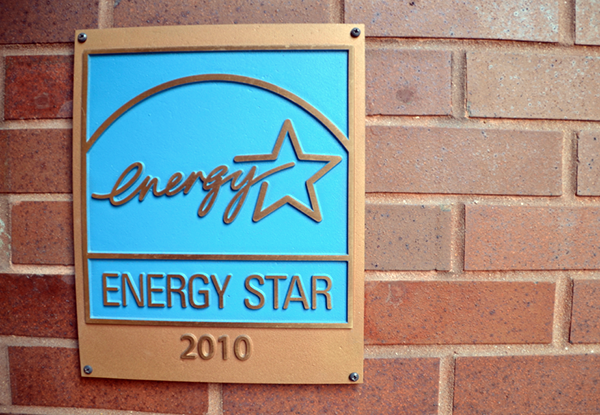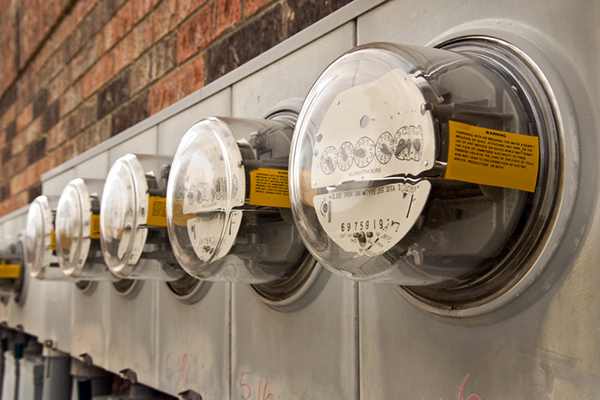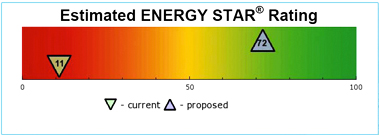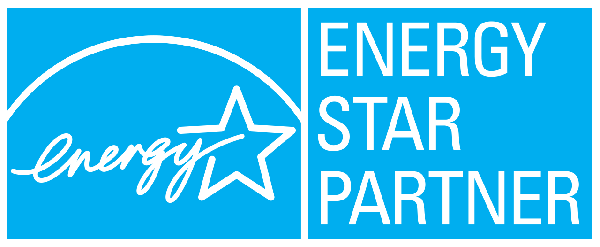Know where your building stands on energy costs
Energy Benchmarking with ENERGY STAR
Importance of Energy Benchmarking
Building owners and facility managers! Are you continuously faced with increasing costs and having to do more with less? Did you know that energy accounts for almost one-third of a typical building’s operating costs? Because energy savings go straight to the bottom line starting with the next month’s utility bill, energy should be the first place you look to cut costs. As an EPA ENERGY STAR® Partner, Sander Mechanical is well-equipped to help you take your first step towards energy savings.
Do you know how your building stacks up against other buildings in your market? If you own multiple buildings, where are your best opportunities for savings? Our Energy Benchmark service is a quick and easy way to assess the level of energy consumption and how it compares to similar buildings. It’s the first step down the path to increased profitability and asset value through lower operating costs.
Benefits of an Energy Benchmark
- Get a meaningful normalized rating – Not all buildings are alike. Using EPA’s 1-100 ENERGY STAR score, you can receive an “apples to apples” comparison of your building’s energy performance against similar buildings nationwide.
- Calculate the aggregate value of your energy waste – You can’t improve what you don’t measure. Almost all buildings are using more energy than they need to use. The Energy Benchmark will quantify the value of the problem for your building.
- Benchmarking yields results – An EPA study shows that buildings which were benchmarked consistently in Portfolio Manager over a 3-year period reduced energy use by an average of 2.4% per year, for a total savings of 7 percent. (Buildings that started out as poor performers saved even more).
- Benchmarking drives action – You know what’s motivating? Finding out you’re behind the curve and you didn’t even know it. Fortunately, Sander Mechanical has the tools and resources to help you get ahead. Once we benchmark your energy performance, you’ll have a better idea what to do next.
- Take steps to earn ENERGY STAR certification – A nationally recognized mark of excellence in building performance, the ENERGY STAR certification label will increase the value of your building. The Energy Benchmark is how you get started.
What’s included in the Benchmark?
- Energy Metrics
- Cost per square foot
- Carbon footprint
- Energy usage index (kbtu/sf.)
- Comparison to peers
- ENERGY STAR Energy Performance Rating
- Energy Cost Comparison
- Opportunity for savings
- We will complete an Energy Benchmark using EPA’s ENERGY STAR guidelines. By reviewing your energy consumption we see how efficient your building is today and estimate the energy savings that can be expected. It’s often greater than what you might think. For example, if your energy bills are $10,000 per month, 15% energy savings is $18,000 per year. Not bad for a start.
Opportunity for Improvement
- Energy costs typically account for 30% of the total cost of operating a building.
- Buildings that earn the ENERGY STAR label use about 35% less energy than average buildings.
- A 15% reduction in energy consumption can lower operating costs by $12,000 per year for every 50,000 square feet of space.
- Nearly every building has low- and no-cost energy savings opportunities, as well as plenty of larger-scale energy savings projects.
- After reviewing your Energy Benchmark with you, we can help you lay out a plan for improvement, focusing on the low-cost and no-cost measures first.
About ENERGY STAR and Portfolio Manager
The EPA’s ENERGY STAR program is a nationally recognized energy performance rating system that addresses a wide range of commercial and institutional building types. It provides a means for building owners and managers to benchmark facility energy performance versus similar buildings based on type, size, and geographic region.
The ENERGY STAR Portfolio Manager platform rates a building’s energy performance on a scale of 1 to 100, with 50 representing the average compared against peer facilities nationwide. For example, a score of 20 means the building is only more efficient than 20% of similar peer facilities. A score of 75 or higher means your facility is a top performer — and eligible to receive the ENERGY STAR Label! A building that achieves a rating of 69 or higher meets the energy efficiency prerequisite within the U.S. Green Building Council’s LEED for Existing Buildings: Operations & Maintenance rating system.
Once you have your Energy Star score…now what?
If you have a low score, then it’s time to do a monitoring assessment or energy audit to see where you may be wasting energy. The good news is you’ve identified the magnitude of the problem and have the potential to save your organization money (while reducing greenhouse gas emissions).
Got a 75 or higher? Congrats! Apply for ENERGY STAR certification and show the world that your facility is energy-efficient. But even ENERGY STAR certified facilities have room to improve, so keep benchmarking to ensure that you continue moving in the right direction!
Sander Mechanical will make the process easy. Take the first step.
Energy efficiency is the cornerstone of any sustainability strategy. Comparing a building’s energy performance against an independent benchmark is a critical starting point to quantify the value of energy conservation efforts, and to measure the results and financial impact of energy optimization initiatives over time. Contact Sander today to get started.





